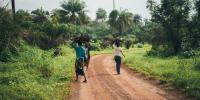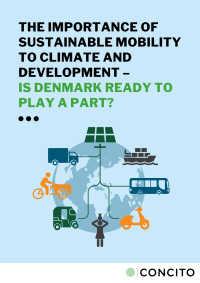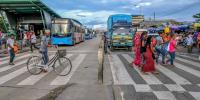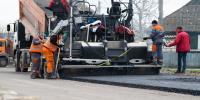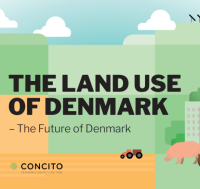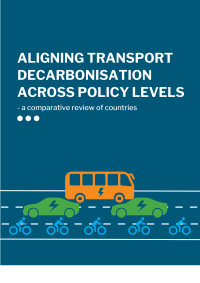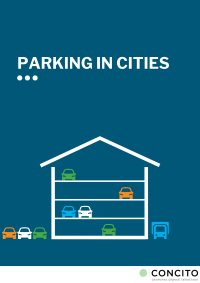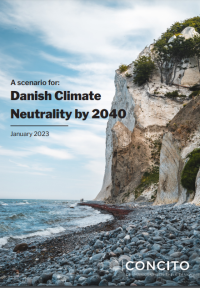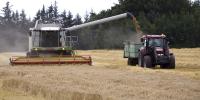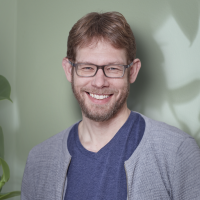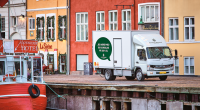Mobility
Mobility is about the how people and goods move around society - in cities, on roads, in the air and on water. Transport is when you actually move or move something. And access is about how much you can actually achieve when you move - e.g. how many errands can be solved with 15 minutes of walking/cycling. A combination of good access and efficient, fast and safe mobility is absolutely necessary for society to function well. And some transport is therefore also necessary - but more transport is not a goal in itself. Especially since emissions come from transport itself, the infrastructure and the means of transport.
So far, the focus has largely been on enabling more transport, which in turn has meant that the transport sector now accounts for 29% of total Danish CO2 emissions. In addition, other emissions such as particulates, SOx and NOx are harmful to both the climate and our health. This has also led to a steady expansion of the transport system, driven mainly by the desire for new motorways and bridges, thereby increasing pressure on both natural space and space for other modes of transport and people in general.
A transformation of the transport system towards a green future is therefore absolutely necessary, and the solutions are also available. However, all methods must come into play - where the focus so far has been on 'Improvement' (e.g. electrification of transport modes) and to some extent 'Shift' (e.g. promoting cycling, carpooling and public transport as alternatives to one person in a car), we now also need to look more at 'Avoidance' (e.g. through planning and design of future urban communities and climate-fair pricing of transport and infrastructure)
This will mean that, despite the population growth, mobility needs can also be addressed on the way to the net zero society, through better access, better mode choice and better transport means. All this without infrastructure spreading further across the landscape.
Ekspert
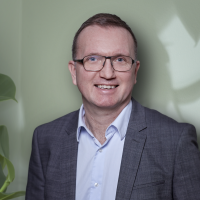
The road to green transport of goods
Decarbonisation of freight transport - The project aims to identify and assess key trends and options towards the goal of decarbonising the road freight transport sector by 2030 and 2050.

